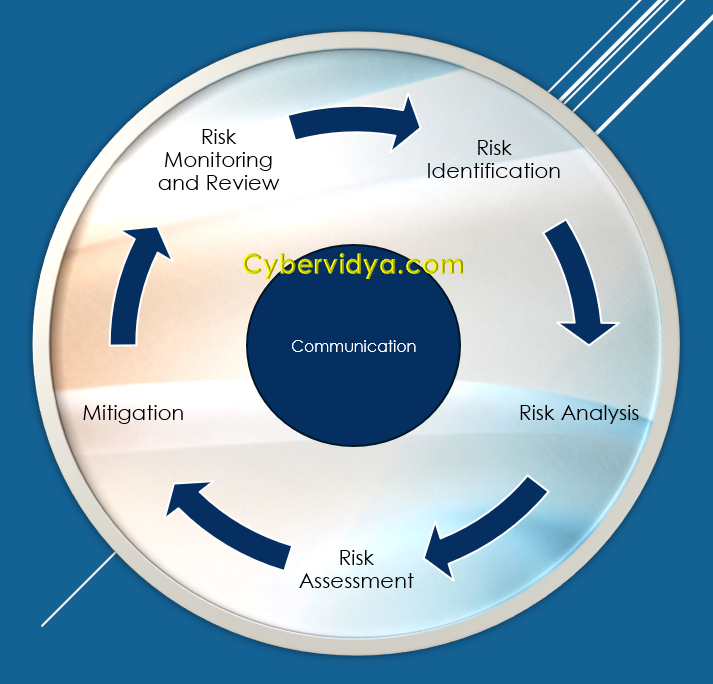Risk Management
Managing Known Unknowns

What is Risk Management?
Risk management is a systematic process that involves identifying, assessing, and mitigating potential risks that could negatively impact an organisation’s objectives or projects. The primary aim of risk management is to proactively address potential obstacles and uncertainties, thereby reducing the likelihood of unfavourable outcomes and increasing the likelihood of successful outcomes.
Risk Management Process
The process typically includes the following key steps:
Risk Identification
Identifying and documenting potential risks that could impact the organisation’s operations, projects, or goals involves gathering information from various sources and stakeholders.
Risk Analysis
To effectively manage risks, it is essential to evaluate them by assessing their potential impact and likelihood of occurrence. This process aids in prioritising risks based on their severity and probability.
Risk Assessment
Determining the acceptable amount of risk and the extent of risk mitigation required is of utmost importance, and as such, evaluating the organisation’s risk tolerance level is a critical step in this process.
Risk Mitigation
One way to manage risks is by creating and executing strategies that decrease their impact or likelihood. These strategies may include avoiding the risk, transferring it to someone else, accepting it as is, or taking specific actions to mitigate it.
Risk Monitoring and Review
It is of paramount to consistently monitor and evaluate risk management strategies to detect emerging risks promptly and verify that current risk mitigation measures remain relevant.
Communication
Ensuring stakeholders are updated on the identified risks, the measures taken to mitigate them, and the progress made in managing such risks.

Risk Assessment Methods
Qualitative Risk Assessment
This method entails evaluating risks using subjective criteria, including likelihood, impact, and risk levels categorized as low, medium, or high. It offers a qualitative comprehension of risks but lacks exact quantification.
Quantitative Risk Assessment
This method involves assigning numeric values to risks by considering factors such as probability, impact, and monetary values. Using data and statistical analysis, a more accurate and quantitative evaluation of risks can be obtained.
Hybrid Risk Assessment
This combines elements of both qualitative and quantitative assessments to provide a more comprehensive view of risks. It leverages subjective judgments along with quantitative analysis to evaluate risks effectively.
Risk Management Techniques
During the risk management process, specific actions are taken to address identified risks, known as risk treatment techniques. The aim of these techniques is to reduce the likelihood of risks occurring, minimise their potential impact, or transfer the risk to another party.

Risk Avoidance
Removing the activity causing the risk is an effective strategy, especially if the risk is too severe to manage.

Risk Transfer
Organizations can transfer risk through insurance, warranties, or outsourcing to focus on other business aspects

Risk Reduction (Mitigation)
Preventing risks requires proactive measures like safety measures, optimized procedures, and strengthened security protocols.

Risk Sharing
Working with partners or stakeholders spreads risk among multiple parties and is commonly used in shared projects or joint ventures.

Risk Acceptance
Sometimes, it’s okay to acknowledge a risk but not take any action if it’s not worth the cost or is deemed acceptable.
